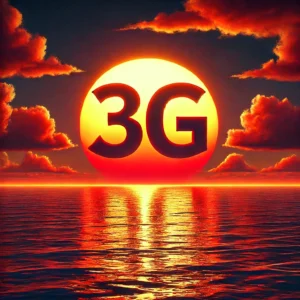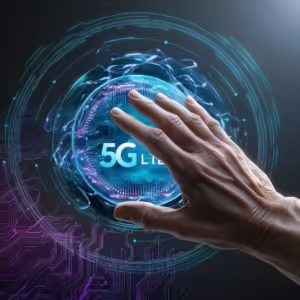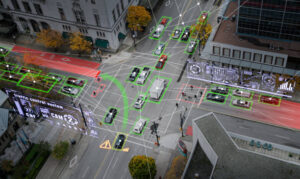The rise of smart cities is revolutionizing urban living, with IoT playing a pivotal role in this transformation. By connecting devices and systems across entire cities, IoT enhances everything from traffic management to energy efficiency, shaping the future of our urban environments. As cities become smarter, understanding the Future of IoT in Smart Cities is crucial to harnessing its full potential. To learn more about the foundational concepts of IoT, check out our guide on Understanding IoT and its Components.
Current Role of IoT in Smart Cities
IoT technology is revolutionizing how cities operate, providing real-time data that allows for more responsive and efficient urban management. Traffic management is one of the key areas where IoT has made significant impacts, with connected sensors and cameras monitoring traffic flow, adjusting signals in real-time, and helping to reduce congestion. Similarly, energy efficiency has been enhanced through smart grids and IoT-enabled systems that optimize electricity distribution and reduce waste.
Public safety has also seen improvements, as IoT devices are used to monitor city environments, detect anomalies, and alert authorities to potential issues before they escalate. For instance, connected surveillance systems and emergency response networks provide critical information that can save lives.

However, the success of IoT in these areas is heavily dependent on the devices’ ability to maintain power and connectivity over long periods. In the context of smart cities, where thousands of devices are deployed across wide areas, it’s vital to focus on optimizing IoT device battery life. Ensuring that these devices remain operational without frequent battery replacements not only saves costs but also maintains the integrity of the entire smart city infrastructure.
Additionally, reliable and efficient connectivity is crucial. The widespread use of 4G technology has proven to be a solid foundation for IoT deployments in smart cities, providing the necessary bandwidth and reliability for large-scale operations. Learn more about why 4G connectivity is ideal for IoT solutions.
By leveraging these technologies, cities can create more sustainable and livable environments, laying the groundwork for future advancements in urban living.
Key Technologies Driving IoT in Smart Cities
The successful implementation of IoT in smart cities relies on several key technologies. 5G is at the forefront, providing the high-speed, low-latency connections needed for real-time data transmission. This technology enables seamless communication between a vast number of connected devices, enhancing the efficiency and responsiveness of urban systems.
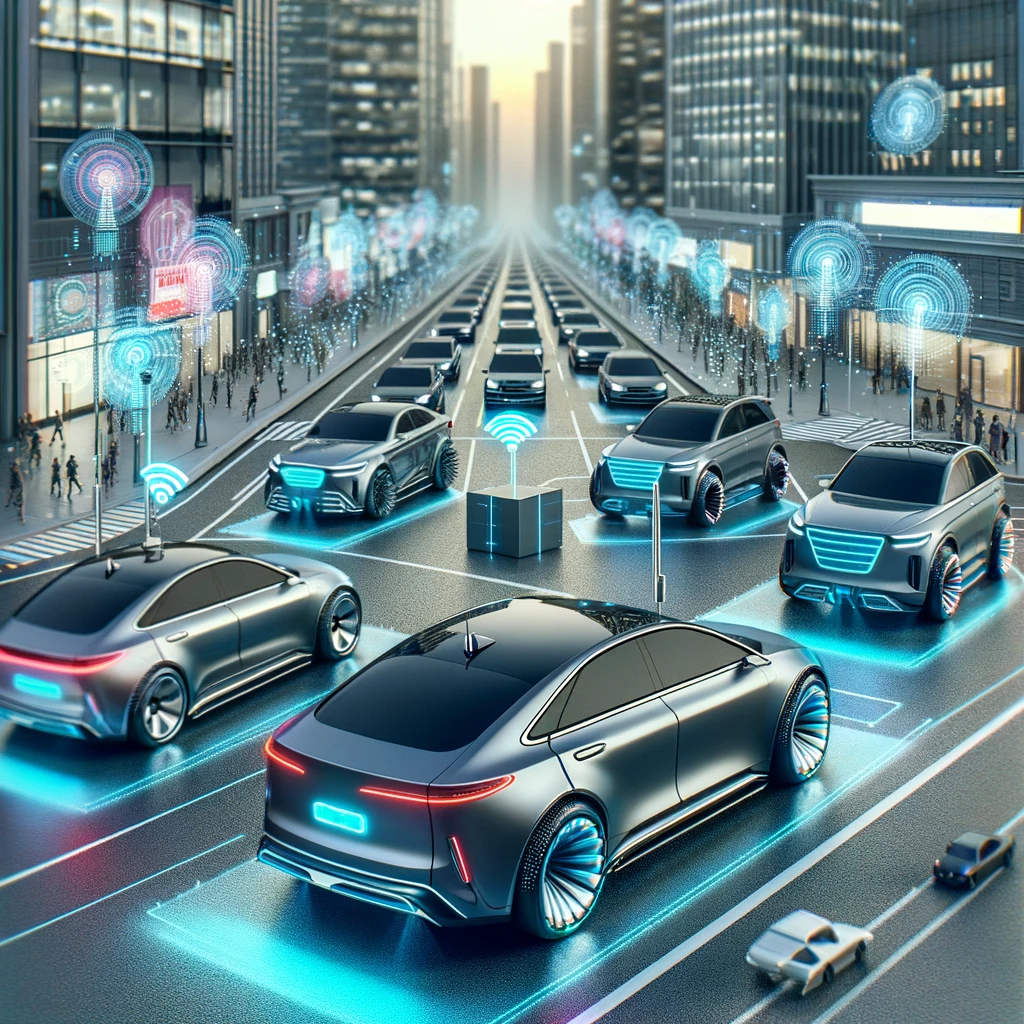
Artificial Intelligence (AI) and Big Data play crucial roles in analyzing the massive amounts of data generated by IoT devices. AI-driven algorithms can process data quickly, providing actionable insights that help cities make informed decisions. For instance, AI can predict traffic patterns, optimize energy usage, or even anticipate maintenance needs in infrastructure, making cities smarter and more efficient.
Edge computing is another significant technology that complements IoT in smart cities. By processing data closer to the source, edge computing reduces latency and minimizes the bandwidth required to send data to centralized cloud servers. This leads to faster decision-making processes, which are critical in scenarios like emergency response or traffic management.
Furthermore, as cities expand their IoT deployments, ensuring reliable and energy-efficient connectivity is paramount. This is where 4G, NB-IoT, and LoRaWAN technologies come into play, each offering unique benefits depending on the application. NB-IoT and LoRaWAN, for instance, are particularly valuable for applications requiring low power consumption and wide-area coverage, such as environmental monitoring or asset tracking. On the other hand, 4G provides the necessary bandwidth for data-intensive applications, supporting a broad range of smart city initiatives.
The transition from 2G and 3G networks, which are gradually being phased out, to more advanced technologies like 4G and 5G, is reshaping the connectivity landscape in smart cities. This shift not only improves performance but also enhances battery life and device longevity. For a deeper understanding of this transition, explore our article on the 2G/3G network sunset.
By integrating these technologies, smart cities can build robust, scalable, and efficient IoT ecosystems that are capable of meeting the demands of modern urban life.
Challenges and Opportunities
Implementing IoT in smart cities presents both challenges and opportunities. Security concerns are among the top challenges, as the vast amount of data generated by IoT devices can be vulnerable to cyberattacks. Ensuring robust data encryption and secure communication channels is crucial to protecting sensitive information and maintaining public trust.
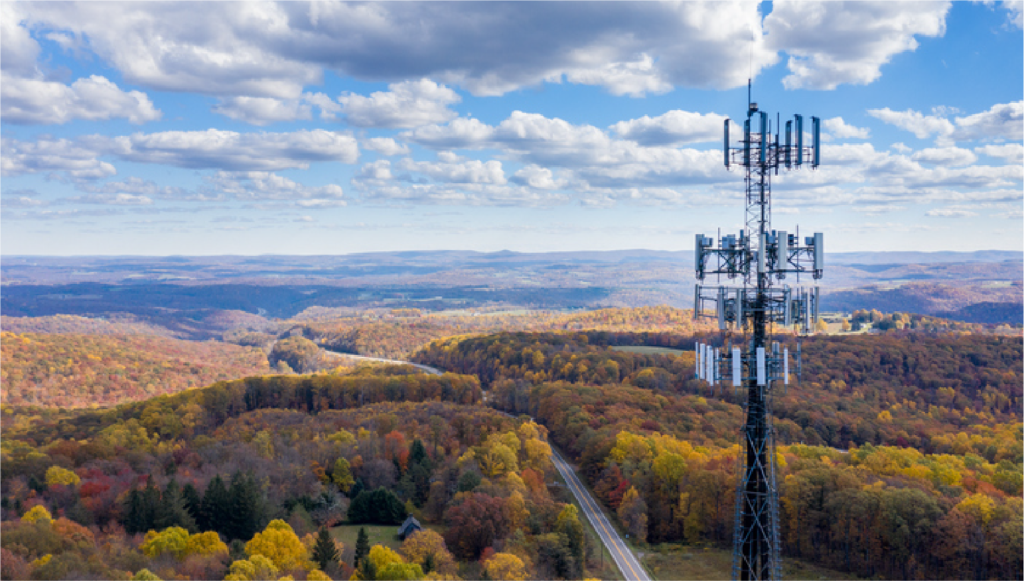
Infrastructure costs also pose a significant barrier. Building the necessary network infrastructure to support IoT devices, such as 5G networks, edge computing facilities, and IoT platforms, requires substantial investment. However, the long-term benefits of smart city technologies often justify these initial costs by providing improved efficiency, sustainability, and quality of life for residents.
On the other hand, opportunities for growth and innovation abound. The integration of IoT with emerging technologies like AI and machine learning opens up new possibilities for data-driven decision-making, predictive analytics, and automated city management systems. Cities that invest in IoT infrastructure today can position themselves as leaders in innovation, attracting businesses, residents, and tourists alike. For cities looking to future-proof their technology investments, technology-agnostic IoT solutions offer the flexibility to adapt to evolving standards and needs.
Additionally, the scalability of IoT solutions allows cities to start with small pilot projects and gradually expand their IoT networks as they demonstrate success. This phased approach can help mitigate some of the upfront costs and risks associated with large-scale IoT deployments.
By addressing these challenges head-on and seizing the opportunities presented by IoT, smart cities can create more sustainable, efficient, and livable urban environments for their residents.
Future Trends in IoT for Smart Cities
As smart cities continue to evolve, the integration of emerging technologies will redefine urban living. 5G is set to revolutionize IoT deployments by enabling faster data transmission, supporting a higher density of connected devices, and reducing latency. This will allow for more complex and responsive smart city systems, from autonomous vehicles to real-time environmental monitoring.

Artificial Intelligence (AI) and machine learning will also play crucial roles in analyzing the vast amounts of data generated by IoT devices, offering predictive insights that can enhance city planning and operations. By leveraging AI, cities can anticipate and respond to issues like traffic congestion, energy demand, and public safety concerns more effectively.
Another significant trend is the potential for blockchain technology to secure IoT data exchanges. As cities become more connected, ensuring the integrity and security of data will be paramount. Blockchain could provide a decentralized and tamper-proof way to record and verify transactions, adding an extra layer of security to smart city networks.
Moreover, the growing emphasis on sustainability will drive the adoption of IoT solutions that help reduce energy consumption, manage resources efficiently, and minimize environmental impact. From smart grids to waste management systems, IoT will be central to building greener cities.
Finally, the convergence of IoT with technology-agnostic solutions will enable cities to remain flexible and adaptable as new technologies emerge. This approach allows for seamless integration of different IoT systems and ensures that cities can continue to innovate without being locked into a single technology or vendor.
Conclusion
The Future of IoT in Smart Cities is incredibly promising, with advancements in 5G, AI, and blockchain poised to revolutionize urban living. As cities continue to embrace IoT, they will experience greater efficiency, sustainability, and improved quality of life for their residents. To stay ahead, it’s crucial to adopt flexible, technology-agnostic solutions that can evolve with the changing landscape. Wagtel is at the forefront of these innovations, offering comprehensive IoT solutions that help cities navigate this exciting future.
To explore how Wagtel can support your smart city initiatives, visit our website.


